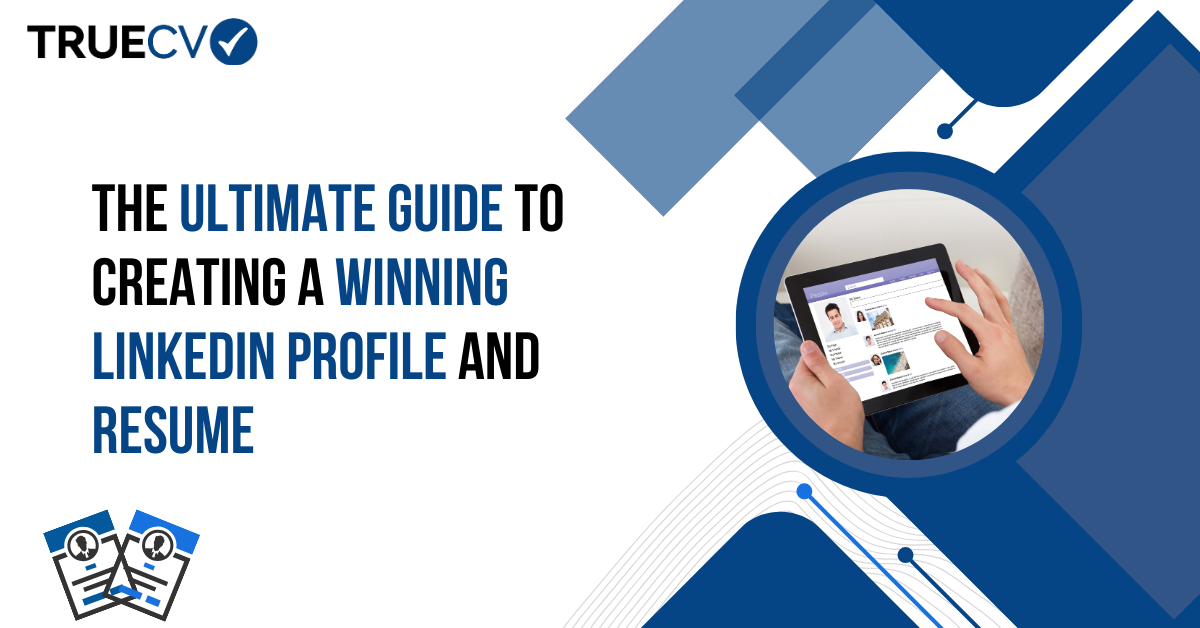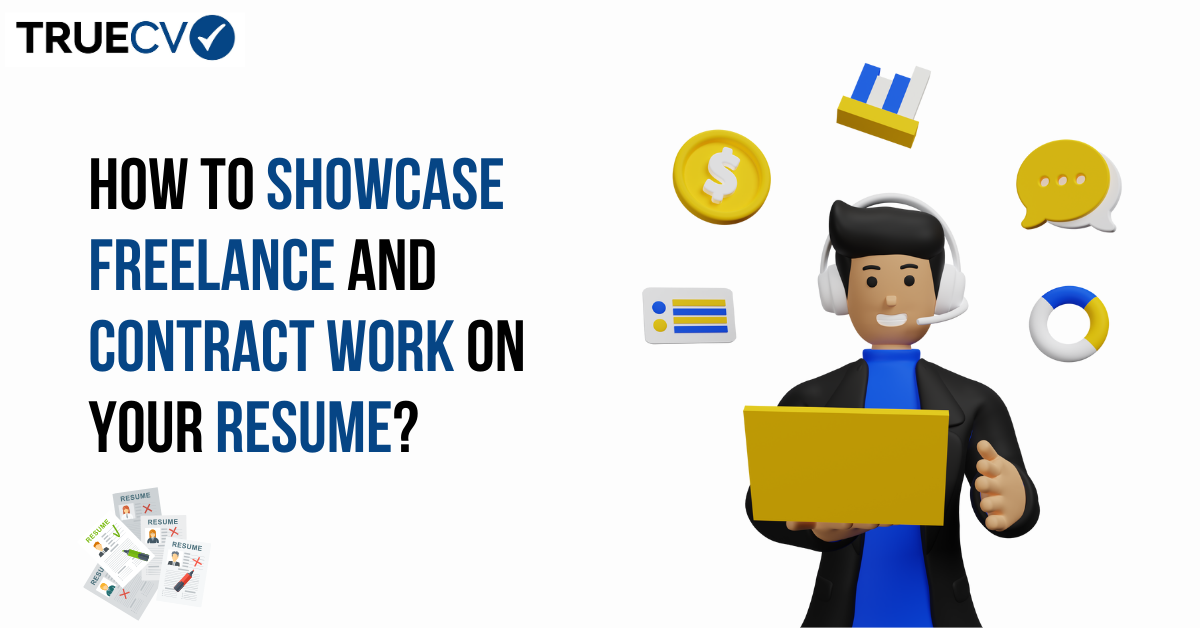
From Resume to Interview: How to Prepare a Stellar Personal Pitch
Crafting a stellar personal pitch is crucial for job seekers transitioning from the resume submission stage to the interview phase. This pitch, often referred to as an elevator pitch, is your opportunity to succinctly convey who you are, what you do, and why you're the perfect fit for the job. In this blog, we will walk you through the steps to create and deliver an effective personal pitch that will leave a lasting impression on potential employers.
Understanding the Importance of a Personal Pitch
A personal pitch is more than just an introduction; it's your chance to set the tone for the entire interview. It highlights your key skills, experiences, and achievements while showcasing your personality and enthusiasm for the role. A well-crafted pitch can differentiate you from other candidates and make you memorable to interviewers.
Step 1: Review Your Resume
Your resume is the foundation of your personal pitch. Start by reviewing your resume to identify the most important aspects of your professional background. Focus on:
- Key Achievements: Highlight significant accomplishments that demonstrate your skills and impact.
- Relevant Experience: Identify roles and responsibilities that align with the job you're applying for.
- Core Skills: Emphasize the skills that are most relevant to the position.
Step 2: Research the Company and Role
Understanding the company and the role you’re applying for is crucial in tailoring your pitch. Research the company's mission, values, culture, and recent news. Familiarize yourself with the job description and identify the key qualifications and responsibilities. This information will help you align your pitch with what the employer is looking for.
Step 3: Craft Your Core Message
Your personal pitch should have a clear and concise core message that answers the following questions:
- Who are you? Start with a brief introduction, including your name and current position or field of expertise.
- What do you do? Summarize your professional background, highlighting key roles and responsibilities.
- Why are you here? Explain why you’re interested in this particular role and how your skills and experiences make you a perfect fit.
Step 4: Structure Your Pitch
A well-structured pitch typically follows this format:
-
Introduction:
- Start with a warm greeting and introduce yourself.
- Example: “Hello, my name is Jane Doe, and I’m a marketing professional with over five years of experience in digital marketing and brand management.”
-
Background and Achievements:
- Provide a brief overview of your career, focusing on key achievements.
- Example: “In my previous role at XYZ Company, I successfully led a team to increase our social media engagement by 50% and launched several high-impact marketing campaigns that resulted in a 20% increase in sales.”
-
Skills and Expertise:
- Highlight your core skills and how they relate to the job.
- Example: “I have strong skills in content creation, SEO, and data analytics, which I believe are crucial for this role at ABC Company.”
-
Motivation and Fit:
- Explain why you’re excited about this opportunity and how you can contribute to the company.
- Example: “I’m particularly excited about this opportunity at ABC Company because of your innovative approach to digital marketing. I’m confident that my background in developing creative marketing strategies will bring value to your team.”
-
Closing Statement:
- Wrap up your pitch with a positive note and an invitation for further discussion.
- Example: “Thank you for considering my application. I’m looking forward to discussing how my background, skills, and enthusiasm can contribute to the success of ABC Company.”
Step 5: Practice, Practice, Practice
Practice your pitch until it feels natural and confident. You can rehearse in front of a mirror, record yourself, or practice with friends or family. Pay attention to your tone, pace, and body language. Your pitch should be engaging and delivered with enthusiasm.
Step 6: Adapt and Tailor Your Pitch
Be prepared to adapt your pitch based on the flow of the interview and the interviewer's responses. Tailor your pitch to emphasize different aspects of your background depending on what the interviewer seems most interested in. Flexibility is key to making your pitch feel conversational rather than rehearsed.
Step 7: Prepare for Follow-Up Questions
A strong pitch will likely lead to follow-up questions from the interviewer. Be ready to dive deeper into any aspect of your pitch. Have specific examples and stories ready to illustrate your achievements and skills. This will demonstrate your preparedness and depth of experience.
Tips for Delivering a Stellar Personal Pitch
- Be Concise: Keep your pitch short and to the point, ideally under two minutes.
- Be Confident: Deliver your pitch with confidence and a positive attitude.
- Be Authentic: Let your personality shine through. Authenticity helps build a connection with the interviewer.
- Make Eye Contact: Maintain eye contact to engage with the interviewer and show your confidence.
- Smile: A genuine smile can convey enthusiasm and make you more approachable.
Example Personal Pitch
Here’s an example of a personal pitch for a marketing position:
“Hello, my name is Jane Doe, and I’m a marketing professional with over five years of experience in digital marketing and brand management. In my previous role at XYZ Company, I successfully led a team to increase our social media engagement by 50% and launched several high-impact marketing campaigns that resulted in a 20% increase in sales. I have strong skills in content creation, SEO, and data analytics, which I believe are crucial for this role at ABC Company. I’m particularly excited about this opportunity because of your innovative approach to digital marketing. I’m confident that my background in developing creative marketing strategies will bring value to your team. Thank you for considering my application. I’m looking forward to discussing how my background, skills, and enthusiasm can contribute to the success of ABC Company.”
Conclusion
Creating a stellar personal pitch is an essential step in transitioning from your resume to the interview. By reviewing your resume, researching the company, crafting a clear message, structuring your pitch, and practicing diligently, you can confidently present yourself as the ideal candidate. Remember, your personal pitch is not just about what you say, but how you say it. Deliver it with confidence, authenticity, and enthusiasm to leave a lasting impression on your interviewer.





